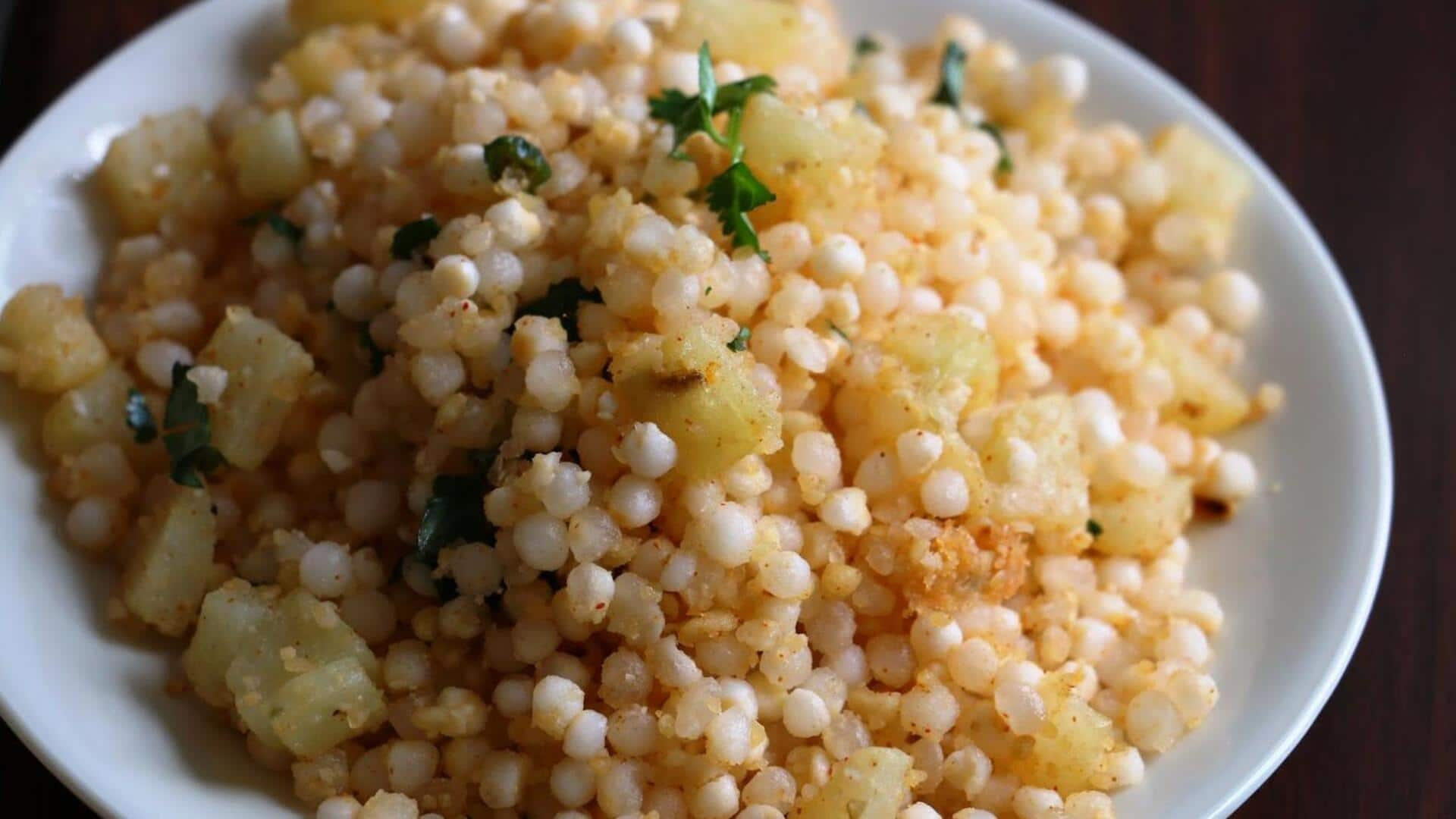
Tracing sabudana khichdi's journey to popularity
What's the story
Another popular Indian dish, sabudana khichdi, has an interesting history that dates back to times of scarcity. Once regarded as a famine food for its affordability and availability, sabudana or tapioca pearls turned into a staple during hard times. Over the years, this humble dish has become a beloved favorite in many regions. Its versatility and ease of preparation have played a major role in its popularity across diverse communities.
Evolution
From famine food to staple dish
Originally eaten out of necessity, sabudana khichdi eventually became a household staple in many Indian homes. Its capability to provide energy and sustenance made it an integral part of diets during fasting seasons. The ease of ingredients—sabudana, peanuts, potatoes, and spices—made it quick and cheap to prepare. This transformation from famine food to everyday meal emphasizes its versatility and nutritional benefits.
Health factor
Nutritional benefits drive popularity
The nutritional benefits of sabudana have been pivotal in its emergence as a favorite dish. Loaded with carbohydrates and low on fat, it serves as a perfect source of energy. Also, the addition of peanuts lends protein to the dish without making it heavy. These health benefits make sabudana khichdi an enticing option for those craving healthy yet filling meals without skimping on taste.
Diversity
Regional variations add flavor
Sabudana khichdi's fame is also boosted by regional variations that contribute distinct flavors and textures. In Maharashtra, it's usually topped with grated coconut for added richness; while in Gujarat, lemon juice is added for tanginess. These regional twists not only appeal to local taste buds but also highlight the versatility of this simple dish as it transforms across culinary traditions.
Innovation
Modern adaptations keep it relevant
In recent years, modern adaptations have kept sabudana khichdi relevant even when culinary trends have changed. Chefs experiment with ingredients like quinoa or millet in place of traditional tapioca pearls for healthier versions. They retain classic flavors through spices like cumin seeds or curry leaves. Infusion techniques like tempering enhance taste profiles even further. This ensures continued appeal among contemporary audiences seeking innovative yet familiar dishes at home or dining establishments alike.